skip to main |
skip to sidebar
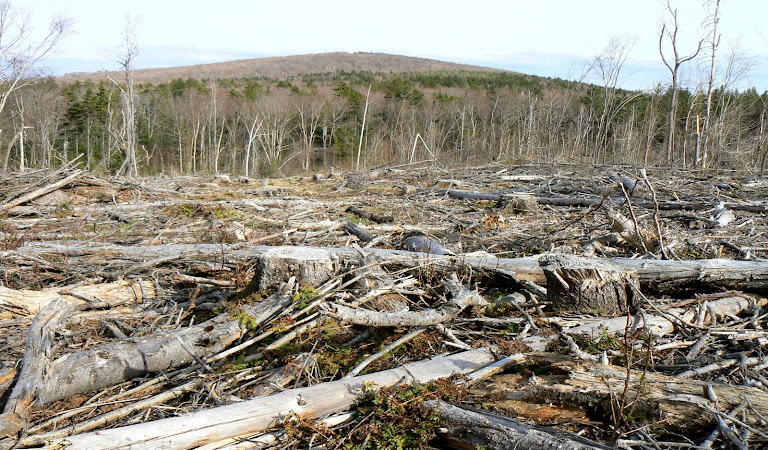
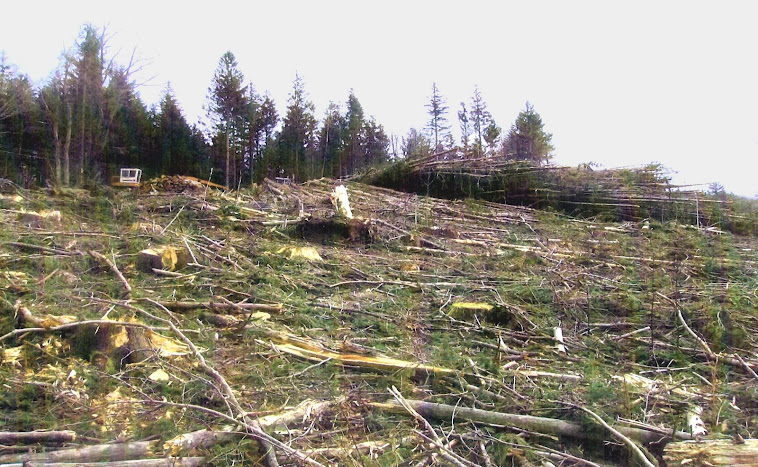

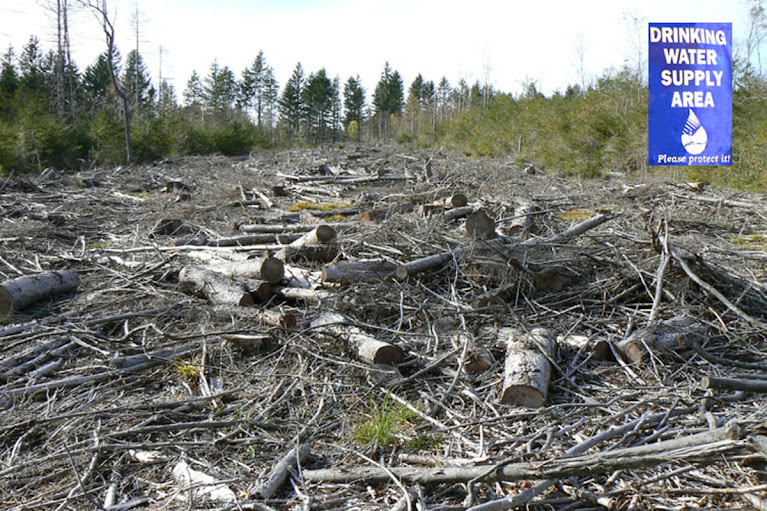
WINDSOR
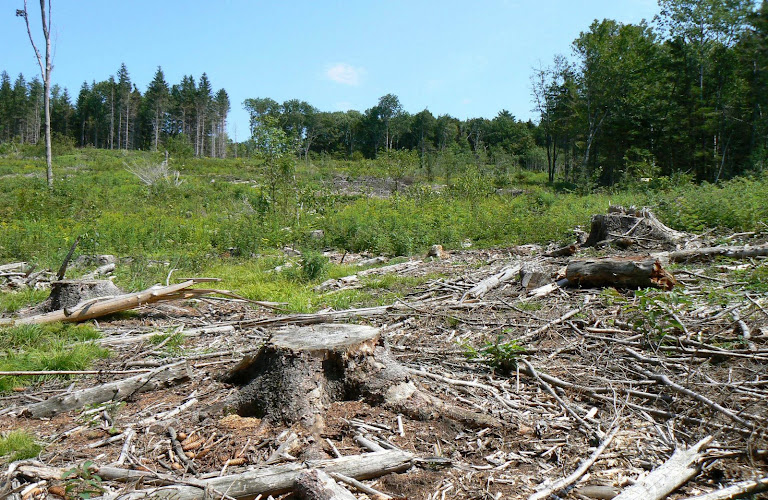
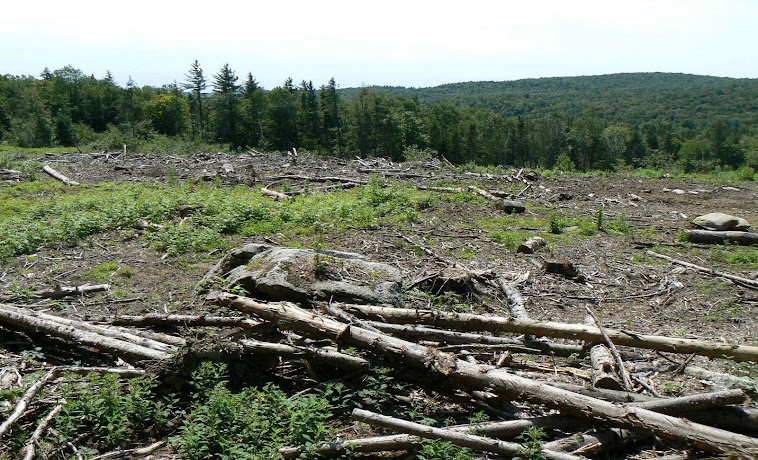

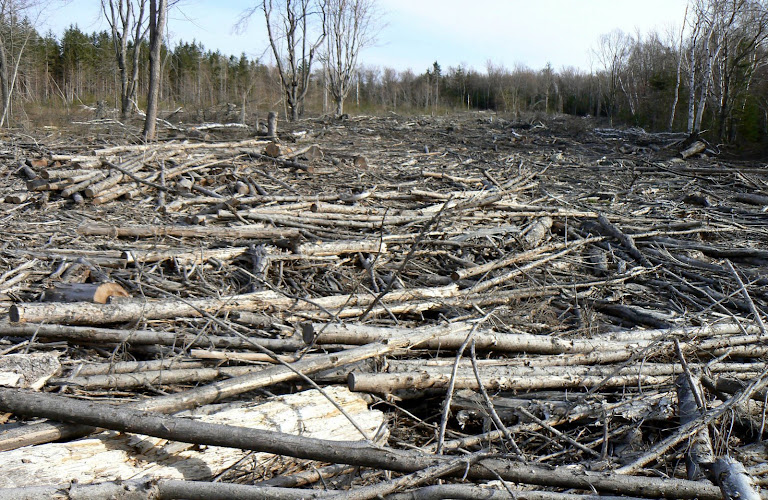

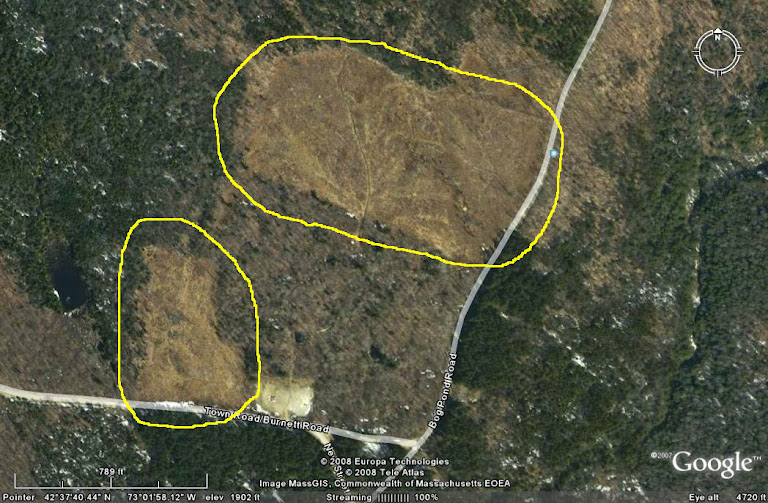

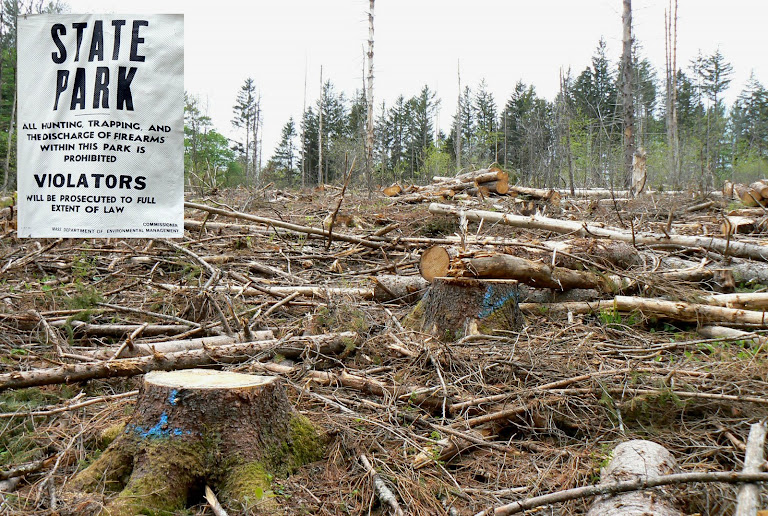










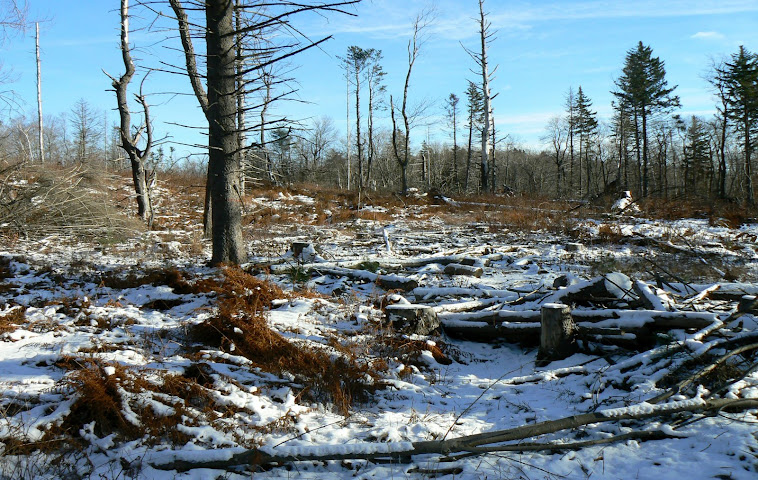
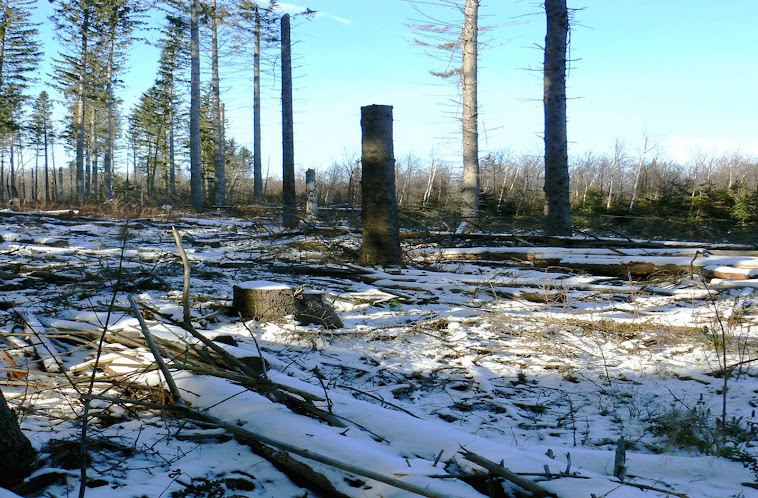
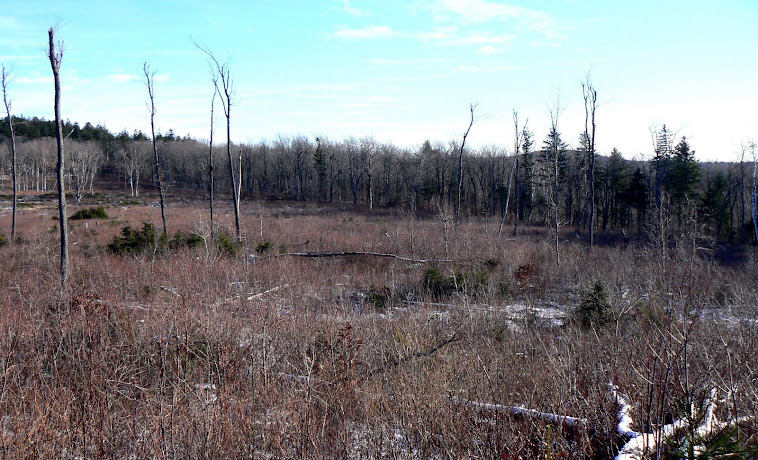
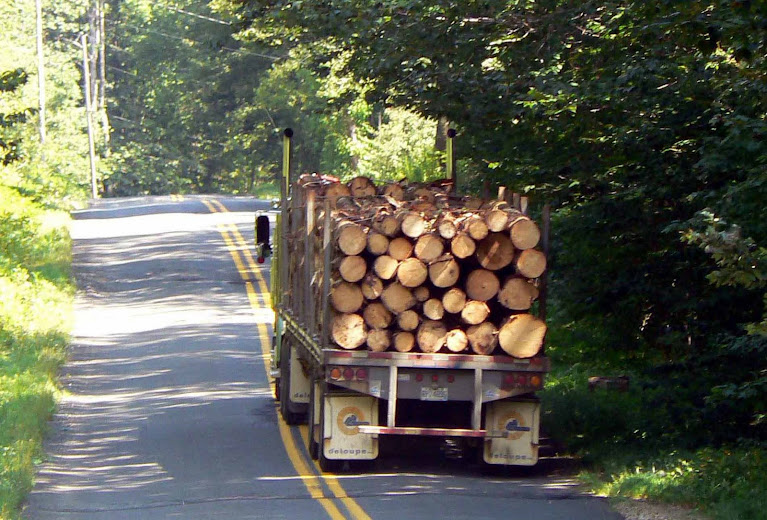
.jpg)

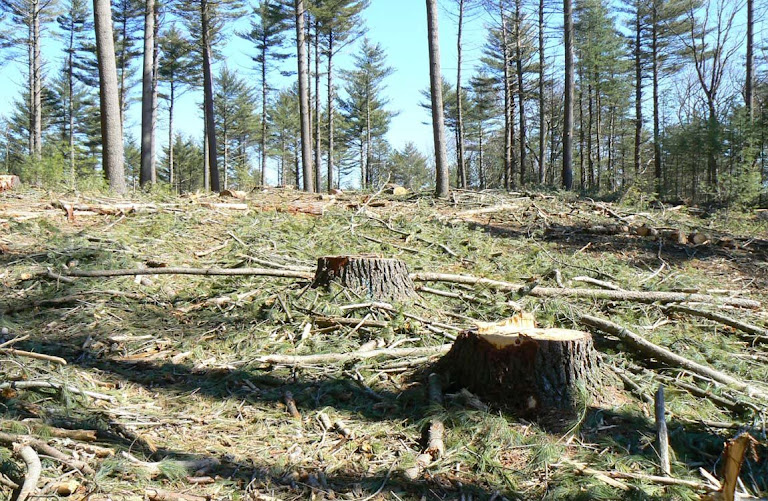






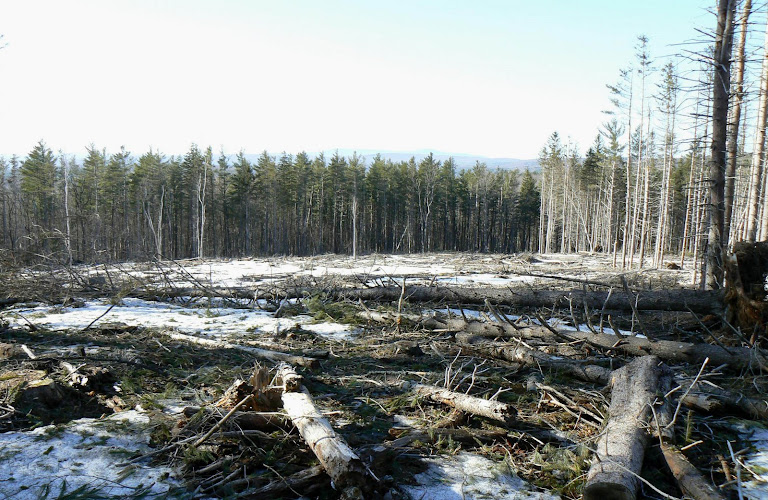
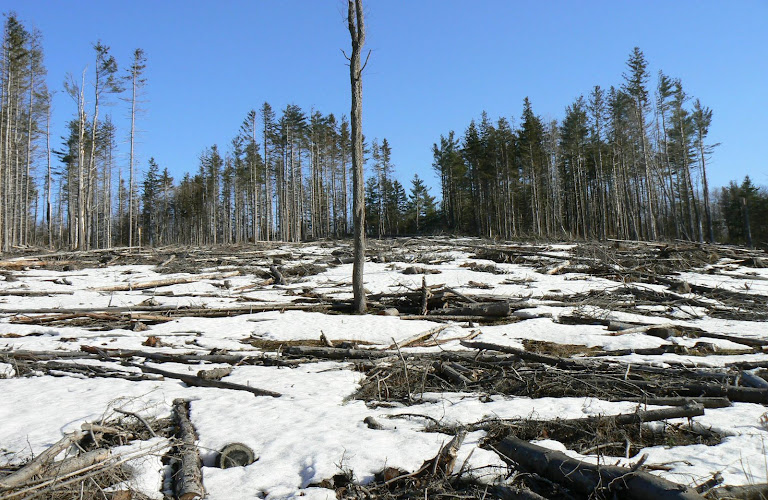
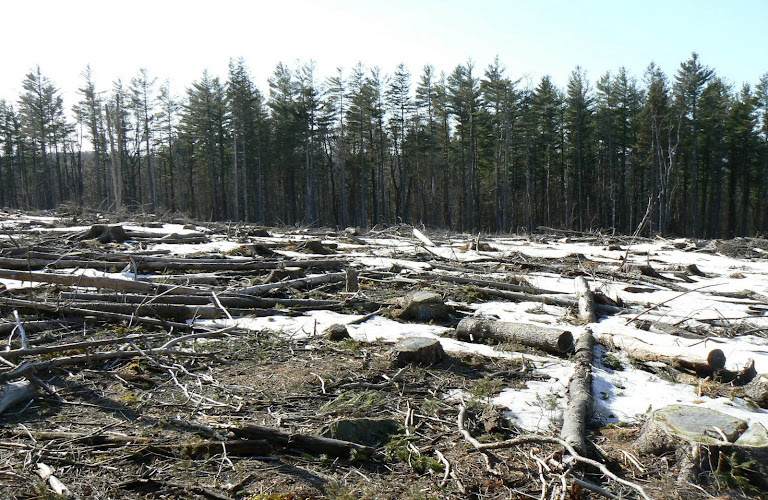



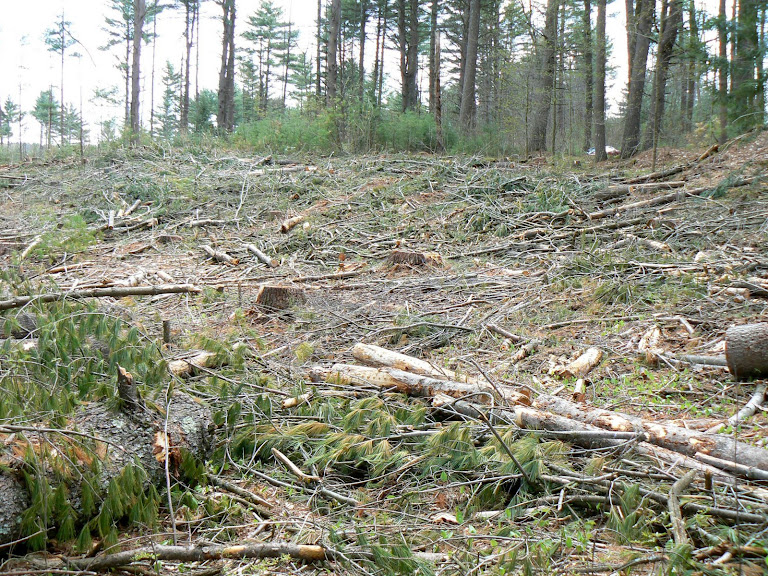


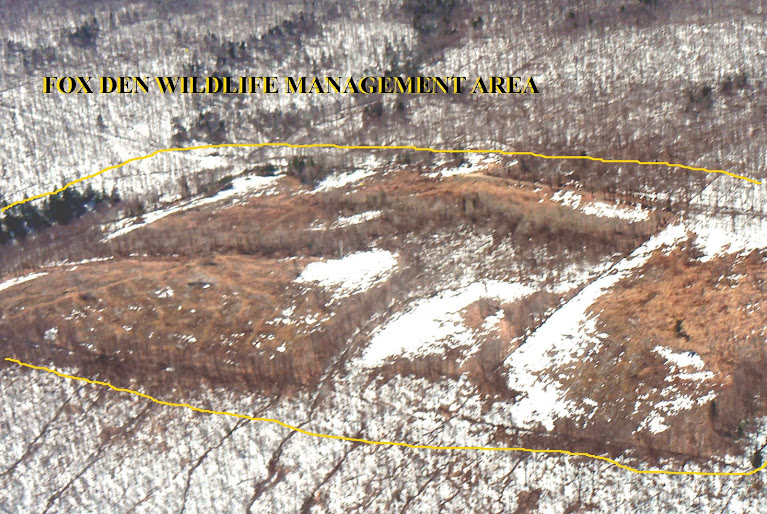



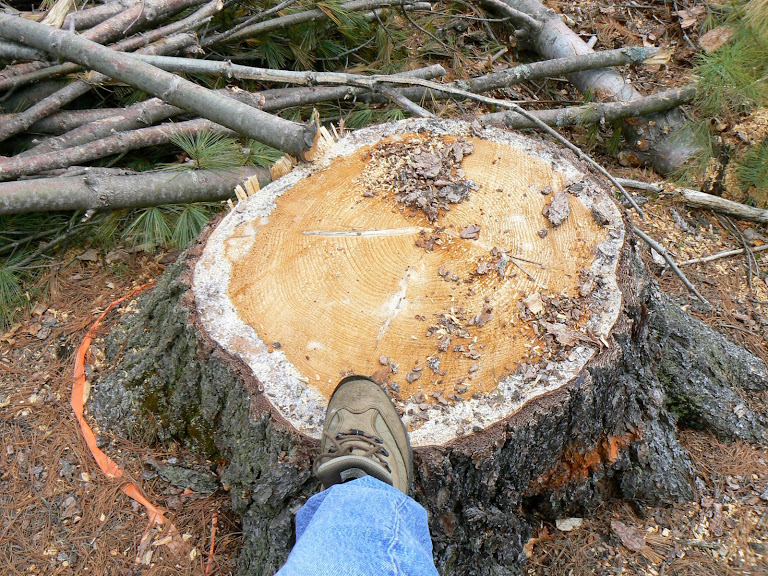
Massachusetts Forest Bryant Mountain State Forest , Gilbert A. Bliss State Forest , Krug Sugarbush/Dead Branch State Forest, Becket State Forest , Chester-Blandford State Forest , Huntington State Forest , C.M. Gardner State Forest , Peru State Forest, Middlefield State Forest , Ashmere Lake State Park , Worthington State Forest , October Mountain State Forest , Pittsfield State Forest , Wahconah Falls State Park
Of the proposed areas open to logging, only 2,200 acres would be devoted to extended rotation, uneven-age management, leaving 20,840 acres open to clearcutting and its variants
See pages 4 & 69-70, Central Berkshire District Forest Resource Management Plan
Massachusetts Forest
Of the proposed areas open to logging, only 9,580 acres would be devoted to extended rotation, uneven-age management, leaving 10,256 acres open to clearcutting and its variants
See pages 63 & 86, Western Connecticut Valley District Forest Resource Plan
Massachusetts Forest
Of the proposed areas open to logging, only 10,825 acres would be devoted to extended rotation, uneven-age management, leaving 17,791 acres open to clearcutting and its variants
Massachusetts Forest
Of the proposed areas open to logging, only 4,000 acres would be devoted to extended rotation, uneven-age management, leaving 27,753 acres open to clearcutting and its variants
See pages 64 & 88-89, Southern Berkshire District Forest Resource Management Plan
$ THE MASSACHUSETTS CHAINSAW MASSACRE $

THIS WAS YOUR STATE FOREST
SAVOY STATE EX-FOREST, New State Road
IF YOU THINK THE GREEN PLACES ON YOUR MAPS ARE PROTECTED, THINK AGAIN
SCROLL DOWN FOR MORE MASSACHUSETTS PUBLIC FOREST LOGGING PHOTOS
IF YOU THINK THE GREEN PLACES ON YOUR MAPS ARE PROTECTED, THINK AGAIN
UPDATE: July 21, 2010
While the state’s recent placement of a temporary moratorium on logging state forests and watersheds is a step in the right direction, permanent and comprehensive protection is needed for state public forests and watersheds. Currently, logging is prohibited on 200,000 acres of the 550,000 acres of DCR parks, forests and watersheds which means 64% of state public forests are still open to commercial logging and that only 4% of Massachusetts’ land area and 6% its 3,200,000 acres of forests are protected from logging in state parks and reserves.
Additionally, the state’s recent directive prohibiting renewable energy credits from going to electric only wood-burning biomass plants is a welcome sign that Massachusetts is waking up to the reality of dirty wood-burning biomass energy. However, the state needs to put a moratorium on issuing any wood burning biomass permits as well as issuing renewable credits to CHP plants until the carbon, public health and forest impacts of this technology are further investigated. It is quite likely that this technology is also worse than fossil fuels and could lead to a “death by 1000 cuts” and should also not receive public “clean” energy subsidies.
SCROLL DOWN FOR MORE MASSACHUSETTS PUBLIC FOREST LOGGING PHOTOS

FSC"GREEN CERTIFIED" FOREST DEVASTATION
Savoy State Forest - Adams Road at Center Road
All photos are of FSC "Green Certified" logging on MA Public Lands and were justified with Orwellian Doublespeak as necessary to "help" forests and wildlife. (Please See "ORIGINS OF TIMBERSPEAK" at
the end of this site). Some areas are sprayed with herbicides.
Please help protect our forests by opposing plans to build biomass power plants which increase greenhouse gases, worsen air pollution and add pressure to clearcut forests. The wood required by the 5 proposed taxpayer subsidized power plants would require a tripling of the total amount of the wood currently cut on MA public and private forests. The 185 MW of power from these plants would increase power generating capacity about 1% and divert green energy funds from truly clean and green energy sources. Just trucking the wood to these plants will use more than 1,500,000 gallons of diesel per year.
Before we demand third world countries protect huge swaths of their forests, shouldn't we first be willing to protect our public forests? These lands represent only 10% of the land area in Massachusetts, since after all, these priceless lands are "Our Nature" and are our best chance of preserving some wildness in our densely populated state.
SEE MANY MORE PHOTOS BELOW. CLICK HERE FOR AERIAL PHOTOS
(All photos 2007 & 2008)
All photos are of FSC "Green Certified" logging on MA Public Lands and were justified with Orwellian Doublespeak as necessary to "help" forests and wildlife. (Please See "ORIGINS OF TIMBERSPEAK" at
the end of this site). Some areas are sprayed with herbicides.
Please help protect our forests by opposing plans to build biomass power plants which increase greenhouse gases, worsen air pollution and add pressure to clearcut forests. The wood required by the 5 proposed taxpayer subsidized power plants would require a tripling of the total amount of the wood currently cut on MA public and private forests. The 185 MW of power from these plants would increase power generating capacity about 1% and divert green energy funds from truly clean and green energy sources. Just trucking the wood to these plants will use more than 1,500,000 gallons of diesel per year.
Before we demand third world countries protect huge swaths of their forests, shouldn't we first be willing to protect our public forests? These lands represent only 10% of the land area in Massachusetts, since after all, these priceless lands are "Our Nature" and are our best chance of preserving some wildness in our densely populated state.
SEE MANY MORE PHOTOS BELOW. CLICK HERE FOR AERIAL PHOTOS
(All photos 2007 & 2008)

STUMPS DON'T LIE
r

WINDSOR STATE FOREST - PUBLIC DRINKING WATER SUPPLY AREA

SAVOY STATE EX-FOREST
"Busy monster eats dark holes in the spirit world... where wild things have to go... to disappear forever" Bruce Cockburn

SAVOY STATE FOREST
Thank God men cannot fly, and lay waste the sky as well as the earth. ~Henry David Thoreau

SAVOY STATE FOREST, AERIAL VIEW, 2008
Clearcuts from the air

SAVOY STATE FOREST
It is horrifying that we have to fight our own government to save the environment. ~Ansel Adams
It is even more horrifying that we have to fight some environmental groups to save the environment.
Some environmental groups are drinking the timberspeak Kool-Aid and have even enabled the commercial exploitation of MA public forests. Consider investigating their positions before sending in your donations. The Nature Conservancy actually pushed for approval of the management plans outlined below to radically increase logging on our Public Forests.
The Washington Post published an article about the Nature Conservancy entitled, “Nonprofit Land Bank Amasses Billions - Charity Builds Assets on Corporate Partnerships” documenting the cozy relations between this group and extractive industries, stating, “Its governing board and advisory council now include executives and directors from one or more oil companies, chemical producers, mining concerns, auto manufacturers, logging operations and coal-burning electric utilities”
It is even more horrifying that we have to fight some environmental groups to save the environment.
Some environmental groups are drinking the timberspeak Kool-Aid and have even enabled the commercial exploitation of MA public forests. Consider investigating their positions before sending in your donations. The Nature Conservancy actually pushed for approval of the management plans outlined below to radically increase logging on our Public Forests.
The Washington Post published an article about the Nature Conservancy entitled, “Nonprofit Land Bank Amasses Billions - Charity Builds Assets on Corporate Partnerships” documenting the cozy relations between this group and extractive industries, stating, “Its governing board and advisory council now include executives and directors from one or more oil companies, chemical producers, mining concerns, auto manufacturers, logging operations and coal-burning electric utilities”

SAVOY STATE FOREST
When the soil disappears, the soul disappears. ~Ymber Delecto


SAVOY STATE FORESTS

WINDSOR JAMBS EX-STATE PARK
“Our state parks are a vital treasure for the Commonwealth. By the end of my Administration, I hope each and every park is something that we can all be proud of.” Governor Patrick

WINDSOR JAMBS EX-STATE PARK
Come enjoy your park, have a picnic, bring the kids.
Please stay on the trail to avoid disturbing the vegetation
Please stay on the trail to avoid disturbing the vegetation

WINDSOR JAMBS EX-STATE PARK
When a man says to me, "I have the intensest love of nature," at once I know that he has none.
~Ralph Waldo Emerson
~Ralph Waldo Emerson

WINDSOR JAMBS EX-STATE PARK
State PARK clearcutting on Schoolhouse Rd several hundred feet from Windsor Jambs Natural Area
FOR MORE WINDSOR STATE EX-PARK PHOTOS CLICK HERE
FOR MORE WINDSOR STATE EX-PARK PHOTOS CLICK HERE

CHESTER BLANDFORD STATE FOREST
Illegal clearcuttting right up to the edge of the pond.

CHESTER BLANDFORD STATE FOREST
Clearcutting to Make Early Successional Fish Habitat

CHESTER BLANDFORD STATE FOREST
"If a tree falls in the forest, does anybody care?" Bruce Cockburn

CHESTER BLANDFORD STATE FOREST
Obliterated Stream. The DCR chief forester says this is private land, but DCR's own map says it is public.

CHESTER BLANDFORD STATE FOREST
Clearcutting our public forests

CHESTER BLANDFORD STATE FOREST
Massive Log Landing

OCTOBER MOUNTAIN STATE EX-FOREST
Aerial view of clearcut near county road

OCTOBER MOUNTAIN STATE FOREST
We abuse land because we regard it as a commodity belonging to us. When we see land as a community to which we belong, we may begin to use it with love and respect. ~Aldo Leopold

OCTOBER MOUNTAIN STATE FOREST
We shall require a substantially new manner of thinking if mankind is to survive. ~Albert Einstein

OCTOBER MOUNTAIN STATE FOREST
Every creature is better alive than dead, men and moose and pine trees, and he who understands it aright will rather preserve its life than destroy it. ~Henry David Thoreau

SHIPPING OUR PUBLIC FORESTS TO QUEBEC
GLOBALIZATION HITS MASSACHUSETTS PUBLIC FORESTS
.jpg)
OCTOBER MOUNTAIN STATE FOREST
Our modern industrial economy takes a mountain covered with trees, lakes, running streams and transforms it into a mountain of junk, garbage, slime pits, and debris. ~Edward Abbey

QUABBIN RESERVOIR - PRESCOTT PENINSULA FROM GOOGLE
The Prescott Peninsula is off limits to hikers to protect Boston's water supply.
Clearcutting there is fine.
Clearcutting there is fine.

QUABBIN STATE PARK
Come enjoy your State Park, have a picnic, enjoy the serenity of nature, rejuvenate your soul.

QUABBIN RESERVATION - SR 202 NORTH OF GATE 17
Boston's Drinking Water Supply Watershed

QUABBIN RESERVATION - SR 202 NORTH OF GATE 17
There goes the drinking water

QUABBIN RESERVATION - SR 202 NORTH OF GATE 17
Wildlife will just love this place

QUABBIN RESERVATION GATE 35
No kayaks are allowed on the Quabbin, but power boats and clearcutting the watershed are just fine
Let us a little permit Nature to take her own way; she better understands her own affairs than we. ~Michel de Montaigne
Let us a little permit Nature to take her own way; she better understands her own affairs than we. ~Michel de Montaigne

QUABBIN RESERVATION - GATE 31
We do not inherit the earth from our ancestors, we borrow it from our children. ~Native American Proverb

QUABBIN RESERVATION GATE 15
There is a sufficiency in the world for man's need but not for man's greed. ~Mohandas K. Gandhi

PERU STATE WILDLIFE "MANAGEMENT" AREA
Clearcutting is illegal on these DFW lands, but they do it anyway. See MA law, section 16 last line.

PERU STATE "WILDLIFE MANAGEMENT AREA"
DFW says this is not clearcutting. In Orwellian timberspeak, it is an "Aggregate Retention" cut.

PERU STATE WILDLIFE 'MANAGEMENT" AREA
The foresters claim "Clearcutting is necessary to help wildlife". War is Peace.

MONTAGUE PLAINS WILDLIFE "MANAGEMENT" AREA
The Montague Plains Wildlife Management Area protects the water supply (groundwater recharge area) for the Bitzer Fish Hatchery and the Town of Montague water supply.
Man has been endowed with reason, with the power to create, so that he can add to what he's been given. But up to now he hasn't been a creator, only a destroyer. Forests keep disappearing, rivers dry up, wild life's become extinct, the climate's ruined and the land grows poorer and uglier every day. ~Anton Chekhov
Man has been endowed with reason, with the power to create, so that he can add to what he's been given. But up to now he hasn't been a creator, only a destroyer. Forests keep disappearing, rivers dry up, wild life's become extinct, the climate's ruined and the land grows poorer and uglier every day. ~Anton Chekhov

MONTAGUE PLAINS WILDLIFE MANAGEMENT AREA
THE EASTERN BOX TURTLE WILL JUST LOVE LIVING HERE.

MONTAGUE PLAINS WILDLIFE MANAGEMENT AREA, AERIAL VIEW, 2008
Huge Cut Area

HEM COVEY WILDLIFE "MANAGEMENT" AREA
Only when the last tree has died and the last river been poisoned and the last fish been caught will we realize we cannot eat money

SANDISFIELD STATE FOREST
Adjacent to Route 57, 2008

FOX DEN WILDLIFE MANAGEMENT AREA - BEFORE
Beautifu, Remote, Intact Hardwood Forest Before Cutting

FOX DEN WILDLIFE MANAGEMENT AREA - AFTER
Illegal Clearcutting, and a Big Hole in the now fragmented forest

BEARTOWN STATE FOREST
On Beartown Mountain Road in Great Barrington, 2008

HO COOK STATE EX-FOREST
Another "non-clearcut" by the Department of Clearcutting and Wreck Creation

HO COOK STATE EX-FOREST
Cross the border from the intact forest in Vermont, to this, 100 yards away in Massachusetts

WILDLIFE ENHANCEMENT? FOREST HEALTH?
Humankind has not woven the web of life. We are but one thread within it. Whatever we do to the web, we do to ourselves. All things are bound together. All things connect. ~Chief Seattle, 1855
DCR PROPOSED PUBLIC FOREST LOGGING SUMMARY - SUBJECT TO CHANGE
Notes: Data provided from DCR district plans. See live links below.
Management plans only available for these 4 districts
1 acre = 1 football field
July 21, 2010 Update
CENTRAL BERKSHIRE DISTRICT
| | | | Total Volume | |
| Year | Acres | MBF | cords | (converted to mbf) |
| 1mbf = 2.0 cords | ||||
| Historical 1990-2005 Annual Avg | 148 | 597 | 439 | 817 |
| "Expected" 2007-2021 Annual Avg | 799 | 2,757 | 8,063 | 6,789 |
| "Expected" Increase | 440% | 360% | 1740% | 730% |
Of the proposed areas open to logging, only 2,200 acres would be devoted to extended rotation, uneven-age management, leaving 20,840 acres open to clearcutting and its variants
See pages 4 & 69-70, Central Berkshire District Forest Resource Management Plan
WESTERN CONNECTICUT VALLEY DISTRICT
| | | | Total Volume | |
| Year | Acres | MBF | Cords | (converted to mbf) |
| 1mbf = 2.0 cords | ||||
| Historical 1980-2008 Annual Avg | 94 | 582 | 970 | 1,067 |
| "Allowable" 2007-2021 Annual Avg | 815 | 2,455 | 2,376 | 3,643 |
| "Recommended" 2007-2021 Annual Avg | 450 | |||
| "Allowable" 2007-2021 Increase | 770% | 320% | 140% | 240% |
| "Recommended" 2007-2021 Increase | 380% | |||
See pages 63 & 86, Western Connecticut Valley District Forest Resource Plan
NORTHERN BERKSHIRE DISTRICT
| | | | Total Volume | |
| Year | Acres | MBF | Cords | (converted to mbf) |
| 1mbf = 2.0 cords | ||||
| Historical 1993-2007 Annual Avg | 69 | 403 | 230 | 518 |
| "Allowable" 2007-2021 Annual Avg | 1,007 | 3,031 | 2,940 | 4,501 |
| "Recommended" 2007-2021 Annual Avg | 450 | |||
| "Allowable" 2007-2021 Increase | 1360% | 650% | 1180% | 770% |
| "Recommended" 2007-2021 Increase | 550% | |||
| See pages 14 & 88-89, Northern Berkshire District Forest Resource Plan |
SOUTHERN BERKSHIRE DISTRICT
| | | | Total Volume | |
| Year | Acres | MBF | Cords | (converted to mbf) |
| 1mbf = 2.0 cords | ||||
| Historical 1993-2007 Annual Avg | 140 | 691 | 259 | 821 |
| "Allowable" 2007-2021 Annual Avg | 1,135 | 4,864 | 4,184 | 6,956 |
| "Recommended" 2007-2021 Annual Avg | 450 | |||
| "Allowable" 2007-2021 Increase | 710% | 600% | 1520% | 750% |
| "Recommended" 2007-2021 Increase | 220% | |||
See pages 64 & 88-89, Southern Berkshire District Forest Resource Management Plan
--------------------------------------------------------------------------------
ORIGINS OF TIMBERSPEAK
To sell the radically increased logging to the public, the responsible agencies are exercising propaganda techniques by using half-truths, distortions, omissions and outright falsehoods to justify the clearcutting and aggressive logging. By using greatly exaggerated and manufactured threats, industry friendly pseudo-science and other arbitrary and capricious reasons to sell the logging, the agencies are manipulating the truth and the public they are hired to serve.
Almost all logging is sold as beneficial to wildlife, for forest health, or to avoid some catastrophic threat, while the detrimental environmental effects or obvious economic motivations driving the logging are barely mentioned. In fact, the DCR Chief Forester changed rationales for a timber sale in
Manipulation of public sentiment is illustrated in Peer Review comments from the FSC Certification Report for Management of MA Forests 2/22/05 by William M. Healy, Certified Wildlife Biologist
“The motivation for timber harvest seems to have a strong influence on public acceptance of timber harvest. The review team noted the distinct public “personas” of MDC, DFW, and DEM. I agree and characterize them as follows.
“MDC:…Good forestry means lower water rates.” That slogan will sell in Boston.
“DFW: They are the wildlife people, “helping wildlife with habitat management.”
The review team noted that DFW is prohibited by state statute from clearcutting, and yet they promote young age classes….. I once visited a game land to watch a machine, nicknamed the brontosaurus, reduce 40-foot tall trees to chips in a few seconds. Pretty impressive machine, and it sat in the middle of an impressive “non-clearcut.”
“The public seems to put a hierarchy of values on the motives for management, and intense disturbances such as clearing or controlled burning are acceptable when they are done to benefit wildlife or rare communities. Unfortunately, cutting trees for profit seems to fall at the bottom of that scale of values.”
“Planning effort should frame timber harvest in the context of maintaining plant and animal diversity, improving wildlife habitat, and protecting rare habitats.”
“DEM also needs to decide the “persona” it wants to project. Perhaps DEM should strive to become “the biodiversity team.” That umbrella would cover a multitude of activities.”
“DEM: It is more difficult for me to make a one-line caricature and slogan for DEM…..I think a good image for DEM would be “keepers of the forest,” and “growing trees for the future.” I am quite sure that “DEM—the timber people—cutting trees for bigger budgets” would be a publicly unacceptable and politically unsupportable image.”
“… If there were a statewide ballot referendum tomorrow, asking if timber cutting should be allowed on state forests, the “no” votes would win handily.
Comments to draft changes in the forest practice code help demonstrate the propaganda mindset by changing the definition of clearcut from ½ acre to 2 or 3 acres to “avoid the clearcut issue”
“Comment: 1/2 acre is too small an area to trigger the sensitive word "clearcut".
Suggestion: (amend), here and in standards to 2 or 3 acres (change 1/2 to 3 (or 2))
“Patch Cut means a clearcut of one quarter acre to one acre in size.
Comment: Patch cut size should be increased to 2 or 3 acres to avoid the clearcut issue.”
The aggressiveness & inappropriateness of the management plans, and paucity of public outreach is illustrated in more peer review comments by Thom J. McEvoy, Resource Professor, U of Vermont
“Public input should be the driving force behind management decisions, not resource conditions or financial demands. I’m surprised the state doesn’t have a well-defined public involvement process. Public forest lands are a people’s legacy for the future, the public should have a hand in decisions.”
“I’m troubled by the observation that DEM can raise money by cutting more timber. Too often timber is made to pay the bills and this is a dangerous policy for a public agency to set in motion. If MA residents were asked the extent to which they would like to see forests harvested to raise money to improve the management of forests, I suspect most would be appalled.”
“I disagree with the statement: “...if the goal is stable long-term forest age structure for purposes other than even-flow of timber, then the consequences of under-harvesting are potentially as severe as over-harvesting.” Timber harvesting is a means of manipulating forest succession to achieve human benefits. The only consequence of ‘under-harvesting’ is lost yield -- a human benefit.”
“It is misleading to suggest negative ecosystem consequences for a strategy to harvest substantially less than the mean annual increment…..… If the client were a publicly-held corporation, I might agree that there is a fiduciary responsibility to shareholders to make assets as profitable as possible. But such is not the case with public assets.”
“I don’t agree the landowner’s harvest regulation strategy is the most important criterion assessed in a certification evaluation, because it governs the timber sustainability for the enterprise.” What is far more important is the way a client treats the land. There is a distinct possibility that the people of the Commonwealth are not as fixated on timber as we think they should be.”
“With a 30-year cutting cycle, theoretically, MA will one day never see a tree older than 90. This is an extremely aggressive schedule, far more so than I would have guessed FSC would think appropriate. The agencies must consider if the public really wants its lands managed for timber?”
“….given the client owns and manages lands as a public trust, I would have expected the team to spend more time discovering just how important the lands are to the people who use them and to residents of the Commonwealth”.
“I did not see much evidence of public involvement in the report so I have to assume that the client does not have a well-defined process to involve the public in decision-making. For a public lands manager -- if this is true -- it is unacceptable -- The lands belong to the people, not the agencies
FORESTRY AND WILDLIFE
State foresters espouse clearcutting to create early successional habitat to help wildlife, for forest health. Closer examination invalidates these rationalizations for clearcutting and heavy logging.
Early successional habitats are declining in
Clearcutting does not provide the best habitat for early successional species. It usually results in dense thickets of sapling-size pin cherry, gray birch, white birch and quaking aspen. The pioneer species that come in after clearcutting do provide browse for certain wildlife such as deer, but this species is often complained of as being too numerous.
Clearcutting large blocks impacts habitat for those species that require significant areas of un-fragmented forested landscape. As farms were abandoned our forests have returned and matured and allowed the return of moose, black bear, fisher and eastern coyote among others.
Norway spruce, while non-native, is not “invasive-intrusive”, is self-thinning and as these plantations mature, they do not become “stagnated,” but rather can become impressive as to the size and beauty of these trees. For decades, state resource agencies praised the CCC plantations of red pine, white pine and Norway spruce as important “wintering grounds” providing shelter for wildlife. Red Pine is a native species. This is the southern edge of its range and there are scattered, very old stands around the state. Calling it “non-native” is misleading.
Heavier equipment is often used in clearcutting than would be used with uneven-age management. This can leave the ground torn up and the soil impacted creating the “disturbed sites” that, in turn, allow for the invasion of harmful invasive-intrusive species. There are micorhizal associations between soil fungi and tree roots that we are only beginning to understand.
The agencies also attempt to justify clearcutting and even-aged logging to create mixed aged forests, but most MA forests already are age-class diverse, possessing seedlings, saplings, pole-size trees and mature trees. The “need” for age-class diversity is a manufactured and false rationalization for even-aged, heavy industrial-type "forestry" and clearcutting. Even-age management is not going to bring about age-class diversity within the forest - that's why it is called "even-age management."
Uneven-age management is aesthetically far superior to even-age management and powerful arguments can be made that it is economically and ecologically superior as well.
That human intervention is required to help the forest is a myth. There are human benefits to harvesting trees, but it is misleading to promote the idea that clearcutting or intense harvesting has to take place in order to benefit nature or “save” the forest.
-------------------------------------------------------------
HELP STOP THE COMMERCIAL LOGGING OF OUR PUBLIC LANDS
Contact Chris at: christoforest@yahoo.com
FOR MORE INFO, SEE MAFORESTS.ORG